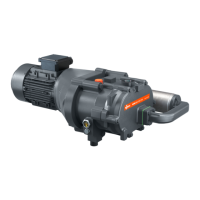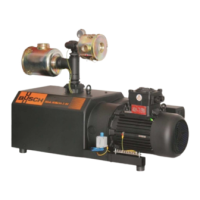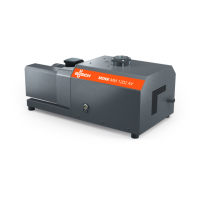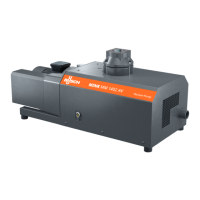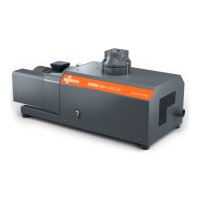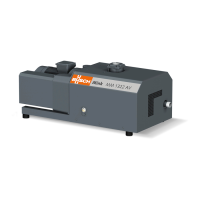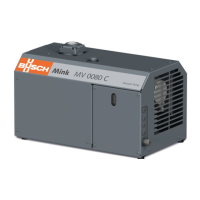What to do if my BUSCH MINK MM 1102 BV Water Pump does not start?
- AAndrew GarciaAug 15, 2025
If your BUSCH Water Pump isn't starting, it could be due to several reasons. First, check the power supply to ensure the motor is receiving the correct voltage. If the power supply is adequate, the motor itself might be defective and need replacement. Another potential issue is a defective coupling (CPL), which would also require replacement.



